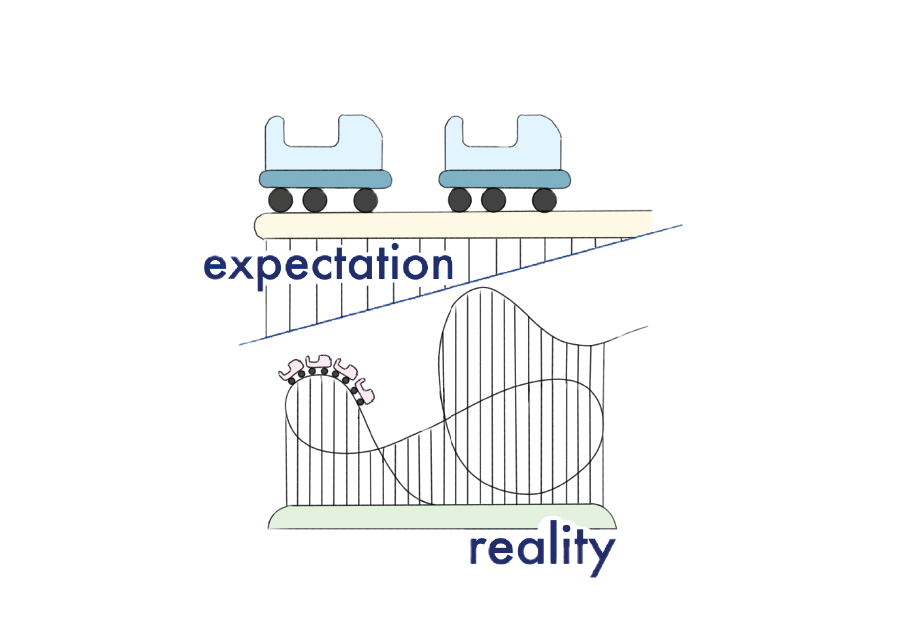Every Saturday, I watched as “Wizards of Waverly Place” was interrupted by Michelle Obama, urging me to spend the next 30 minutes playing outside. She wore a red dress with sneakers as she shot a basketball alongside Selena Gomez. What I took away from this weekly reminder that the first lady existed was her pristine presentation, her freshly blown-out hair and outfits straight off the runway.
The way the First Lady presents herself—especially regarding her fashion—is explored in the “Style of Influence” exhibit on display at the George W. Bush Presidential Library on view until Oct. 1, It spotlights the United States’ first ladies as role models to many and gives an inside perspective on the life inside the White House.
The choice to revolve the clothing-centered exhibit honoring First Ladies is certainly unique, especially regarding the attention White House style acquires in the media.
This exhibition is exactly what I have been trained throughout my years to deem as sexist. It seemed to enforce the stereotype of the complacent wife and the first lady as, first and foremost, a stylish counterpart to the president’s success. And I will say, that when I walked past the exact replication of the Oval Office and into an exhibit that correlated shoes with historic events, I was anxious to see what was ahead of me.
Yet, as I wandered around the exhibit, not once did I see it as a sexist representation of the women. The outfits were an interesting prop that assisted the information well and were a refreshing visual aid for those strolling around the library. Yes, the exhibit focused on clothing. But since when is fashion sexist?
The suit that Barbara Bush wore on the cover of her bestselling book “Millie’s Book” sits next to a hardcover copy of the novel. Around the corner, an impeccably-ironed tan uniform worn by Lou Hoover emphasizes her involvement with the Girl Scouts. Both outfits, as well as the other ensembles in the building, provide an outlook on the raw emotion behind historical facts and photographs. Because that is what fashion is for.
I learned things about these iconic women in history through their clothing. The skirt-suits and simple blouses represent life-changing moments in our country. The balance between Eleanor Roosevelt’s velvet gowns and classic gray suits worn by Laura Bush is a symbol of how the times have changed, acknowledged by the exhibit’s visual timeline of clothing. Fashion trends that changed throughout the years are portrayed parallel to illustrative biographies about the women.
“If I can have any impact, I want women to feel good about themselves and have fun with fashion,” said Michelle Obama. Michelle Obama is no stranger to media critique. She made headlines once in 2008 with, according to The New York Times, a “distracting” and “controversial” red dress worn during Barack Obama’s presidential election. In 2013, she wore cargo shorts on a flight to the Grand Canyon, causing uproar within major news outlets.
This celebration of women shouldn’t be seen as sexist or inadequate. Instead of criticizing such an integral part of a First Lady’s job description, we should choose to appreciate their presence in the White House.
Story by Shea Duffy. Photo provided by Smithsonian Institution.







